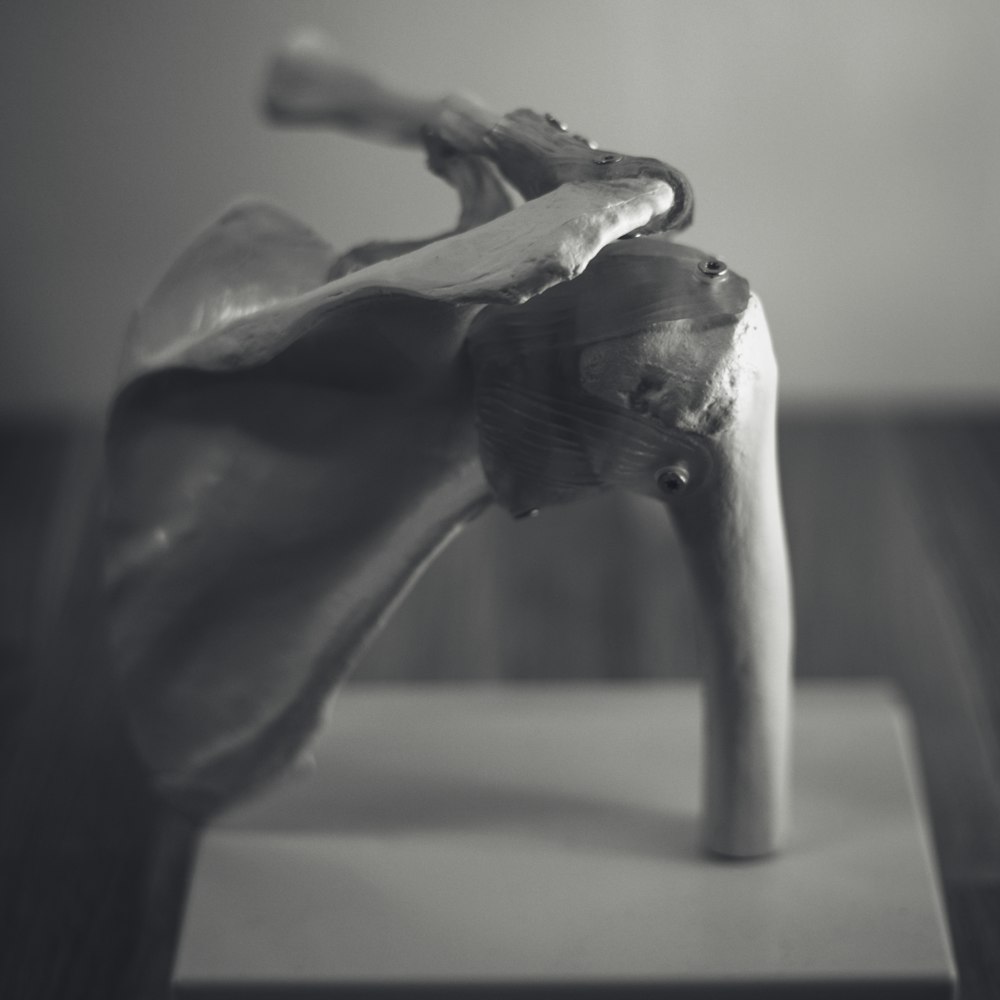目次
無症候性腱板断裂症例と症候性腱板断裂症例では肩甲骨の動きに差がある?
腱板断裂症例の中には画像上,腱板断裂を認めるものの症状が無い症例も存在します.
一方で画像上は腱板の僅かな損傷であっても症状が強いこともあります.
今回は無症候性腱板断裂症例と症候性腱板断裂症例では肩甲骨の動きに差があることを示唆する論文をご紹介させていただきます.
腱板断裂症例の理学療法を行ううえで非常に重要な視点を得られる内容だと思います.

今回ご紹介する論文
JSES Int. 2020 Dec 15;5(2):238-246. doi: 10.1016/j.jseint.2020.10.014. eCollection 2021 Mar.
Differences in scapular motion and parascapular muscle activities among patients with symptomatic and asymptomatic rotator cuff tears, and healthy individuals
Hiroaki Ishikawa 1, Takayuki Muraki 1, ShuheiMorise 2, Nobuyuki Yamamoto 3, EijiItoi 3, Shin-Ichi Izumi 1
Affiliations expand
PMID: 33681843 PMCID: PMC7910733 DOI: 10.1016/j.jseint.2020.10.014
今回ご紹介する論文は2020年に掲載された論文です.
研究の背景
Background: Altered scapular motion is thought to be one of the factors associated with the development of symptomatic rotator cuff tears. However, the differences in kinematics and muscle activities of scapular upward/downward rotation between patients with symptomatic and asymptomatic tears are unclear. The purpose of this study was to compare the differences in kinematics and muscle activities of scapular rotation among patients with symptomatic and asymptomatic tears, and healthy individuals.
肩甲骨の動きの変化は症候性腱板断裂の発症に関連する要因の1つであると考えられております.
しかしながら症候性腱板断裂と無症候性腱板断裂の症例間における肩甲骨上下回旋の運動学的・筋活動的な違いは不明であります.
この研究では症候性・無症候性断裂症例と健常者の肩甲骨回旋の運動量と筋活動の違いを比較することを目的としております.
研究の方法
Methods: Twenty-three patients with rotator cuff tears and 9 healthy individuals (healthy group) participated in this study. Based on a visual analog scale (VAS, 0-100 mm), the patients were divided into symptomatic (13 patients; VAS ≥20 mm) and asymptomatic (10 patients; VAS <20 mm) groups. Scapular upward rotation was measured with a digital inclinometer. Elasticities of the upper trapezius, levator scapulae, and rhomboid major were assessed by using ultrasound real-time tissue elastography to quantify their muscle activities. All measurements were performed at 0°, 60°, 90°, and 120° of active arm elevation in the scapular plane.
腱板断裂症例23例と健常者9例(健常者群)を研究の対象としております.
Visual analog scale(VAS,0-100mm)に基づいて対象を有症状群(13名,VAS≥20mm)と無症状群(10名,VAS <20mm)に分類しております.
肩甲骨上方回旋角度はデジタル傾斜計で測定しております.
僧帽筋上部線維,肩甲挙筋,大菱形筋の弾力性を超音波リアルタイム組織エラストグラフィーを用いて評価し,筋活動を定量化しております.
測定はすべて肩甲骨平面上で上肢を0°,60°,90°,120°に自動挙上させた状態で行っております.
研究の結果
Results: Scapular upward rotation was significantly less in the symptomatic group (9.4° ± 5.6°) compared with the asymptomatic group (15.7° ± 6.0°; P = .022) at 90° of arm elevation. The activity of the levator scapulae was significantly higher in the symptomatic group compared with the asymptomatic and healthy groups (P = .013 and P = .005, respectively) at 90° of arm elevation. The activity of the upper trapezius was significantly higher in the symptomatic group compared with the healthy group (P = .015) at 120° of arm elevation.
肩甲骨上方回旋は無症状群(15.7°±6.0°;P = .022)と比較して症候群(9.4°±5.6°)で上肢挙上90°では有意に少ない結果でありました.
肩甲挙筋の活動は上肢挙上90°において,無症状群および健常群に比べ,有症状群で有意に高い結果でありました(それぞれP = .013およびP = .005).
僧帽筋上部線維の活動は上肢挙上角度が120°のときに,健常者群と比較して有症者群で有意に高い結果でありました(P = 0.015).
研究の結論
Conclusion: Patients with symptomatic rotator cuff tears showed less scapular upward rotation and higher activity of the levator scapulae at 90° of arm elevation compared to patients with asymptomatic rotator cuff tears.概要
症状のある腱板断裂症例は無症状の腱板断裂症例と比較して,上肢挙上90°で肩甲骨上方回旋が少なく、肩甲挙筋の活動性が高いことが示されました.
今回は無症候性腱板断裂症例と症候性腱板断裂症例では肩甲骨の動きに差があることを示唆する論文をご紹介させていただきました.
同じ腱板断裂症例でも症状がある症例と無い症例では肩甲骨の動きや肩甲骨周囲筋の筋活動に相違があるということですね.
この結果は介入の1つのヒントになるかもしれませんね.





